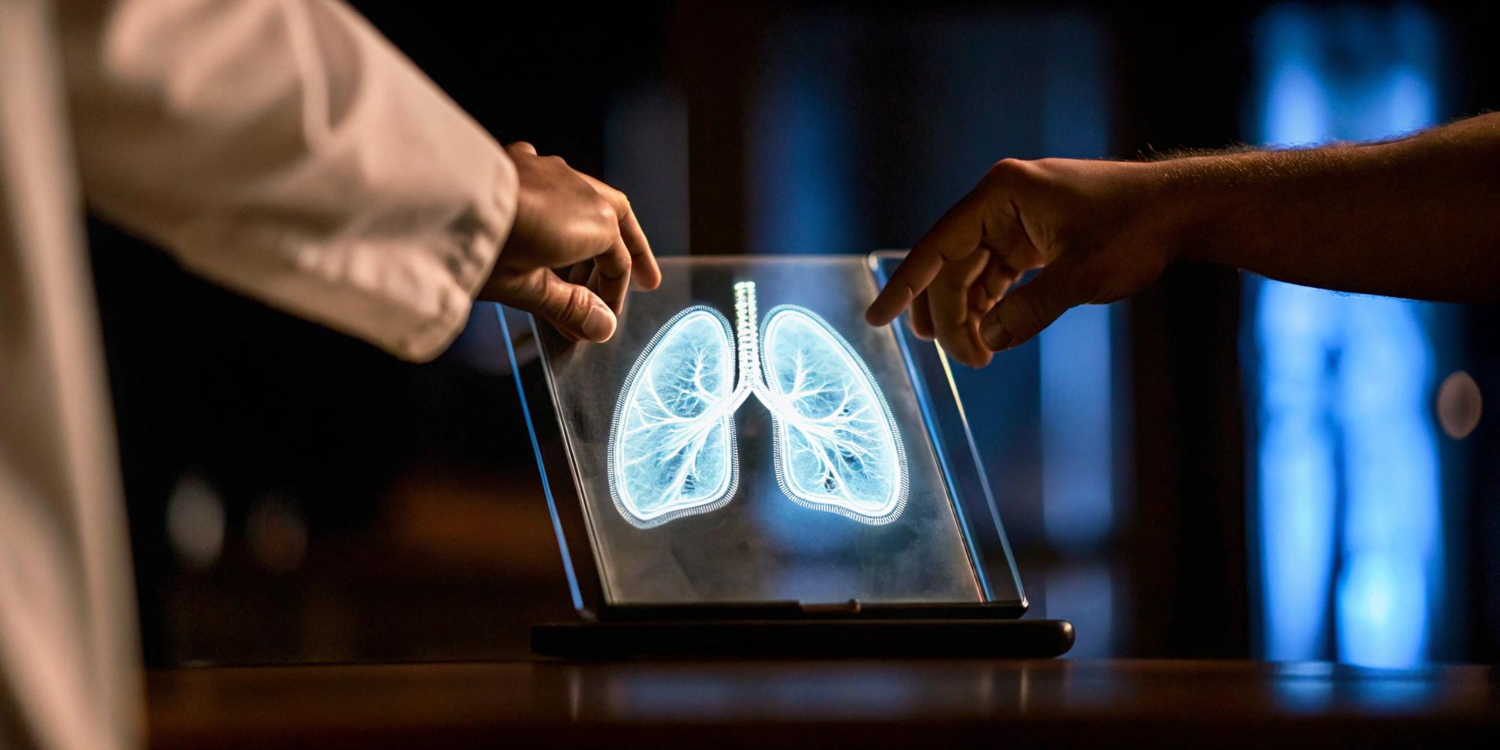
THE CRITICAL CHALLENGE
Jefferson Einstein, part of the Jefferson Health system, faced mounting difficulties managing acute pulmonary embolism cases effectively. Rising imaging volumes combined with manual workflow processes significantly limited the speed and efficiency of identifying and triaging PE cases—especially when rapid intervention was critical for patient outcomes. Traditional diagnostic processes struggled to keep pace with increasing demands across multiple disciplines and imaging modalities. The clinical team recognized artificial intelligence could potentially bridge these workflow gaps while helping deliver superior patient care.
INNOVATIVE AI SOLUTION
“At Jefferson Einstein, our culture of innovation and commitment to staying ‘on the bleeding edge’ of advancements drove us to explore how AI could revolutionize PE management by streamlining workflows, enhancing diagnostic accuracy and improving patient care,” explained Dr. Avi Sharma, director and associate chair of AI at Jefferson Einstein.
The team identified Aidoc’s technology as the ideal solution for addressing their critical pulmonary embolism management needs. As early AI adopters in radiology, Jefferson Einstein had already implemented Aidoc’s platform for diagnostic radiology systems, providing confidence in the vendor’s capabilities.
“The vendor’s AI flags suspected PEs in real time, creating a proactive process by automatically identifying potential cases and notifying the PERT through a mobile application,” Dr. Sharma noted. “This capability enabled timely treatment and rapid mobilization of the multidisciplinary PERT for urgent interventions.”
SEAMLESS INTEGRATION
Aidoc’s AI technology seamlessly integrated with Jefferson Einstein’s existing systems, including Fuji Synapse PACS and Cerner EHR. This integration ensured minimal workflow disruption while empowering both diagnostic and interventional radiologists to work more efficiently.
“Choosing a consistent, adaptable partner was key, and over the years, we’ve grown alongside Aidoc, deploying more systems to further enhance patient care,” Dr. Sharma emphasized.
TRANSFORMATIVE WORKFLOW IMPROVEMENTS
Implementing AI technology revolutionized pulmonary embolism case management at Jefferson Einstein. The Pulmonary Embolism Response Team (PERT) now receives real-time mobile notifications, allowing interventional radiologists to assess patient imaging and laboratory results remotely at any time. These instant updates facilitate seamless cross-departmental collaboration, significantly reducing treatment delays.
“The AI triggers a streamlined process: It alerts interventional radiologists, who then mobilize necessary resources to triage qualified patients to the operating room,” explained Dr. Sharma. “This has reduced treatment times and bolstered clinicians’ confidence by improving communication and decision-making.”
The institution also incorporated AI into their educational initiatives, training radiology residents on the system during orientation to foster early familiarity with these advanced diagnostic tools.
IMPRESSIVE CLINICAL OUTCOMES
The implementation of AI-powered pulmonary embolism detection and management yielded three significant measurable improvements:
1. Increased Clinically Appropriate Interventions
PERT intervention rates increased by 73.8%, rising from 0.84% (17 interventions/2,022 CTPAs) pre-AI to 1.46% (32 interventions/2,191 CTPAs).
“This demonstrates the power of AI in efficiently triaging critical cases and ensuring high-risk PE patients receive timely care,” Dr. Sharma noted. “In real terms, this means faster, more precise responses when every minute matters.”
2. Significant Reduction in Treatment Time
A recent study, accepted for presentation at SIR 2025, evaluated the impact of the AI system on reducing exam-to-needle time for patients with acute pulmonary embolism undergoing percutaneous thrombectomy.
“The study found that implementing the alert significantly reduced overall exam-to-needle time by 20% – from 148 minutes to 119 minutes,” Dr. Sharma explained. “The alert system improved interdisciplinary collaboration among radiology, emergency and critical care teams, enhancing timely care. For patients, these minutes can mean the difference between life and long-term complications.”
3. Enhanced Radiology Workflow Efficiency
The radiology department experienced measurable improvements in critical result communication turnaround times. Performance data analysis demonstrated significant efficiency gains among radiologists using the AI system.
“This has created a positive feedback loop, as success stories encourage more of our team to embrace AI in their workflows,” added Dr. Sharma.
EXPERT RECOMMENDATIONS
For healthcare institutions considering AI implementation, Dr. Sharma offered straightforward advice: “The best time to start using AI was yesterday. Focus on identifying the pain points in your workflows and select AI systems that integrate seamlessly with your existing systems, such as PACS and EHR platforms.”
Building organizational trust and curiosity around AI technology is crucial. Dr. Sharma recommends engaging early adopters who can champion the technology and share success stories. Utilizing data to demonstrate measurable outcomes helps drive wider adoption across the organization.
“Ongoing education is essential, especially for radiologists in training who will shape the future of AI-enabled healthcare,” he emphasized.
“Finally, remember that AI is a long-term investment in patient care,” Dr. Sharma concluded. “It’s not just about ROI. It’s about raising the standard of care across the board. AI offers a safety net that ensures we deliver the highest level of care to every patient.”




Leave a Reply